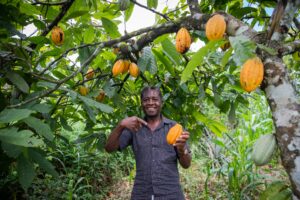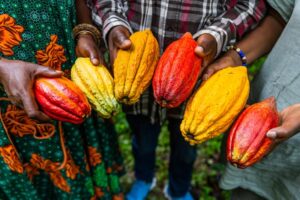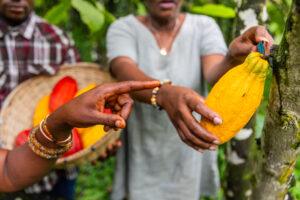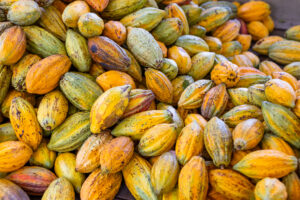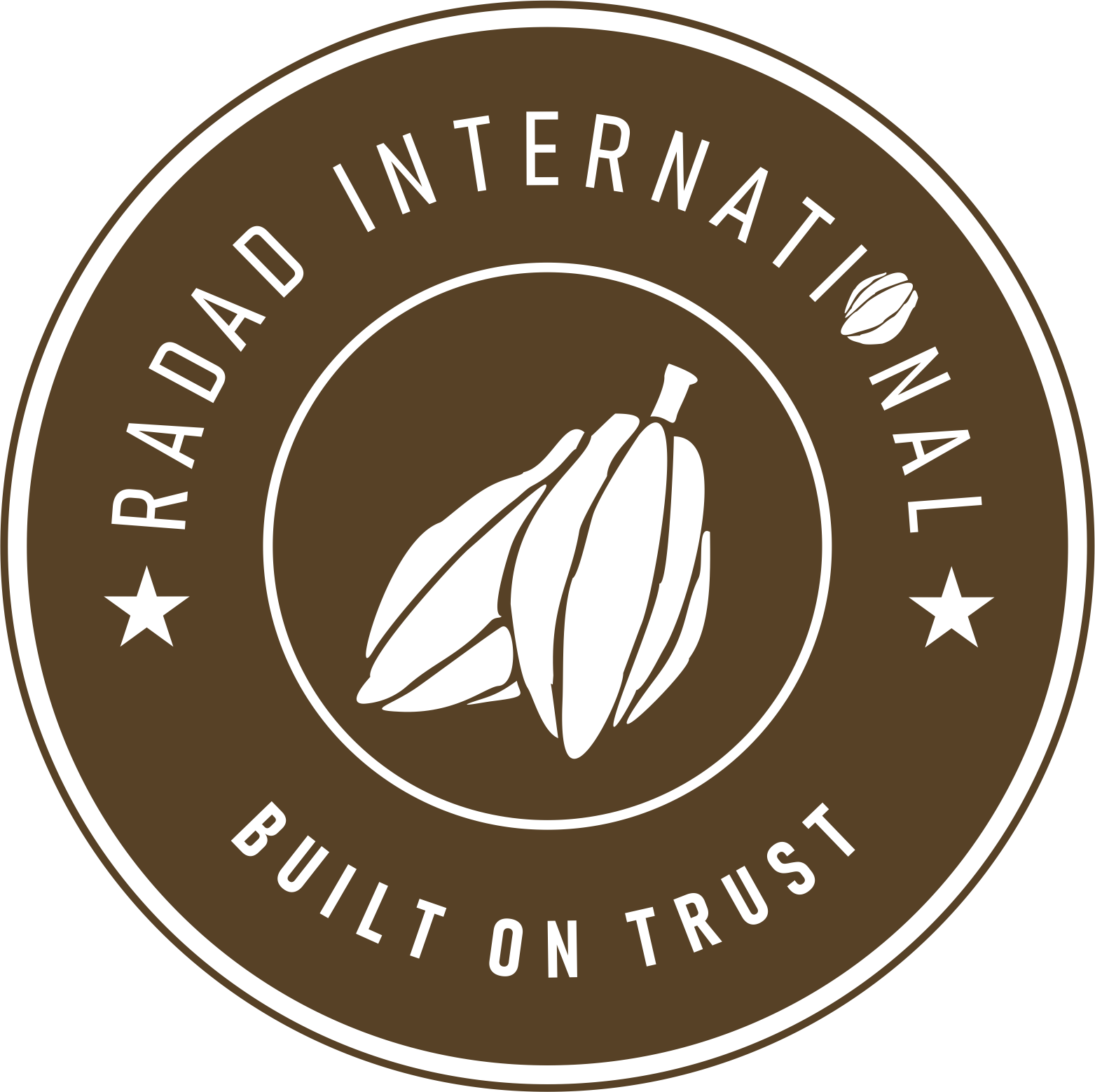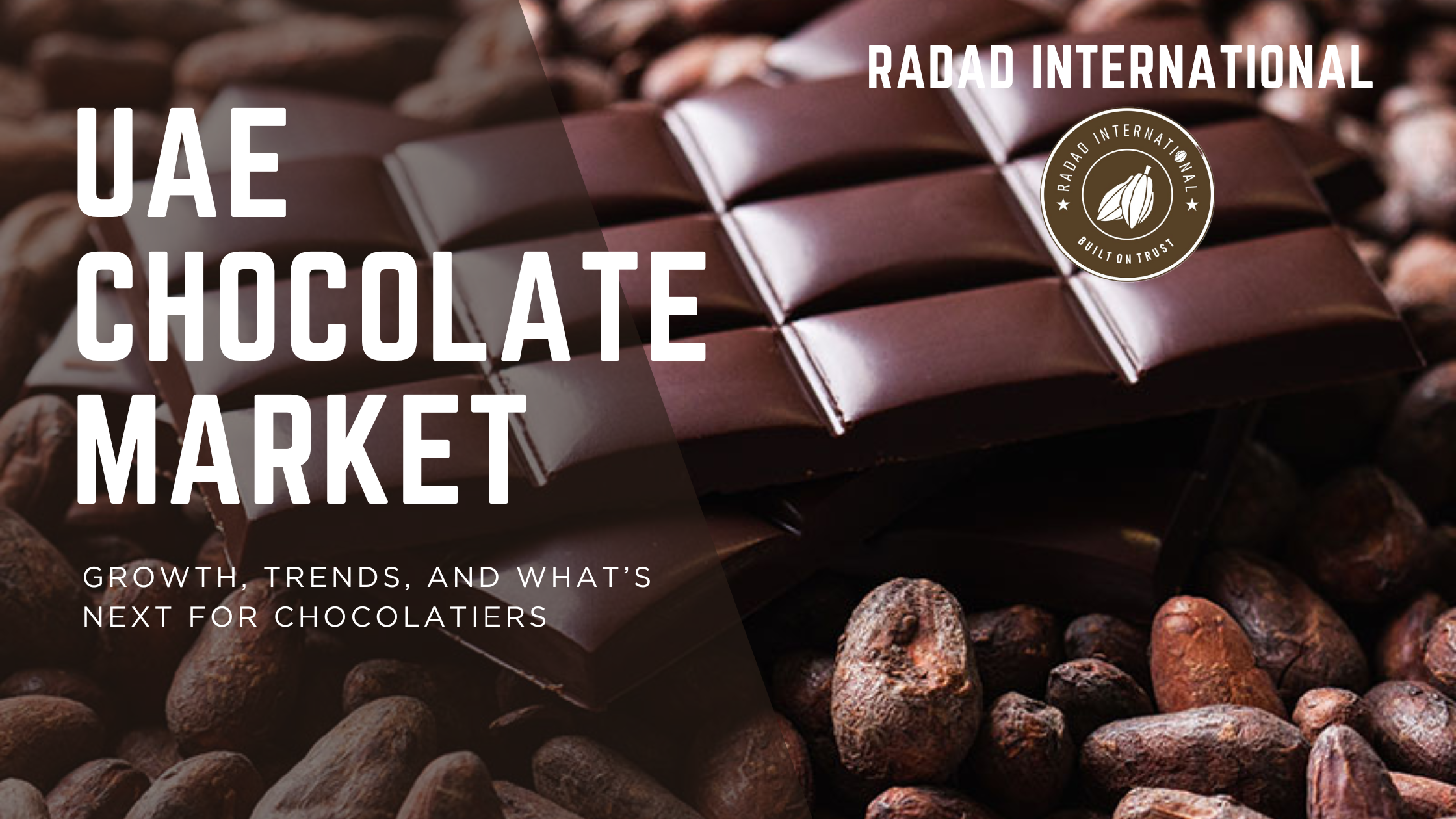
Chocolate has always been one of those universal things — something almost everyone enjoys in one form or another. But in the UAE, it’s more than just a sweet tooth craving. It’s business, culture, and experience all wrapped up in one.
Over the past decade, the UAE has quietly become one of the region’s most exciting places for chocolate producers, sellers, and even luxury brands. With the chocolate market valued at USD 1.56 billion in 2024 and expected to hit USD 2.35 billion by 2032, it’s clear that something more than just casual consumption is happening. This growth — a steady 5.3% CAGR — isn’t accidental. It’s being driven by changes in how people live, what they spend on, and what they expect from even the smallest everyday pleasures.
One of the main things pushing this market forward is the country’s affluence. With a GDP per capita around $43,000, people in the UAE — both citizens and residents — have more disposable income than most places in the world. That means chocolates aren’t just something you pick up at the cashier counter anymore. They’ve become gifts, statements of taste, and sometimes even status symbols. It’s not unusual to find high-end Swiss, Belgian, or homegrown artisanal brands displayed in boutique-style packaging in luxury malls.
But that’s not the whole picture. The tourism sector is playing a huge role too. In Dubai alone, more than 16 million international tourists visited in 2022. Tourists — especially from Europe and Asia — often come with a mindset of leisure and gifting, and that includes buying premium chocolates, either for themselves or to take back home. Retailers know this, and you’ll find chocolates prominently displayed in airports, malls, and major shopping districts. Chocolate has become part of the UAE’s broader tourism and luxury shopping experience.
Then there’s the local culture of celebration and hospitality. From Ramadan to UAE National Day, from weddings to corporate events, chocolate is a common gift and an expected part of the table. It’s not just about having a treat — it’s about presenting something refined, thoughtful, and well-packaged. And during these periods, demand for premium and luxury chocolates spikes significantly.
But of course, growth isn’t always smooth. Rising raw material costs, increased awareness around health and sugar consumption, and a very crowded market filled with global and local brands make it a challenging space to stay competitive in. So while the opportunity is big, so is the pressure to innovate — not just in product quality, but also in how chocolates are packaged, marketed, and delivered.
All of this combined makes the UAE chocolate market a lot more dynamic than most people assume. It’s no longer just about mass production and everyday treats. It’s now a space where luxury, tradition, health, and consumer behavior are all influencing what sells, when it sells, and who’s buying.
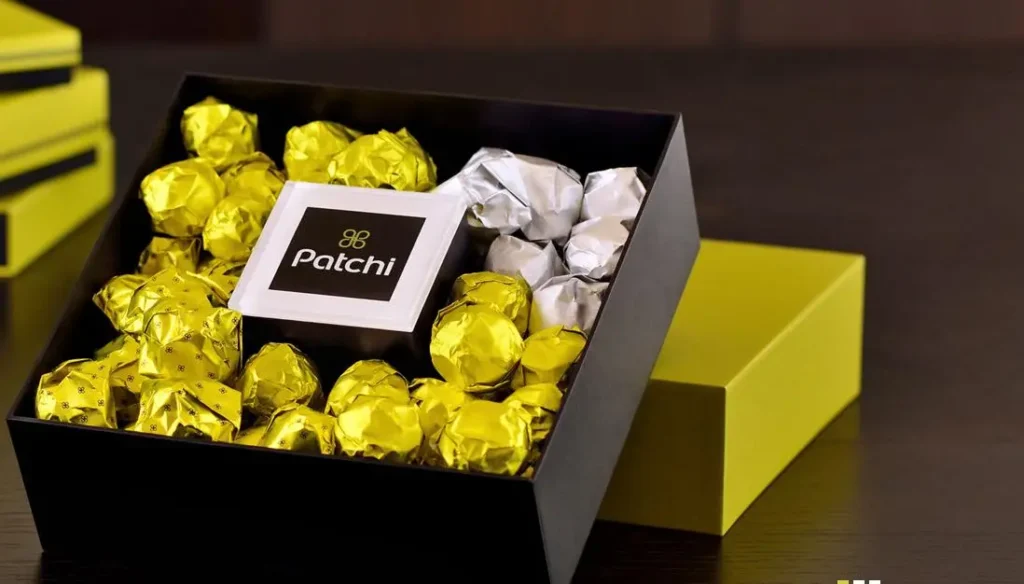
What’s Really Fueling Chocolate Demand in the UAE?
Rising Incomes and a Taste for Premium Products
Tourism That Brings Chocolate to the Forefront
A Strong Culture of Gifting and Celebration
Convenience and Retail Access
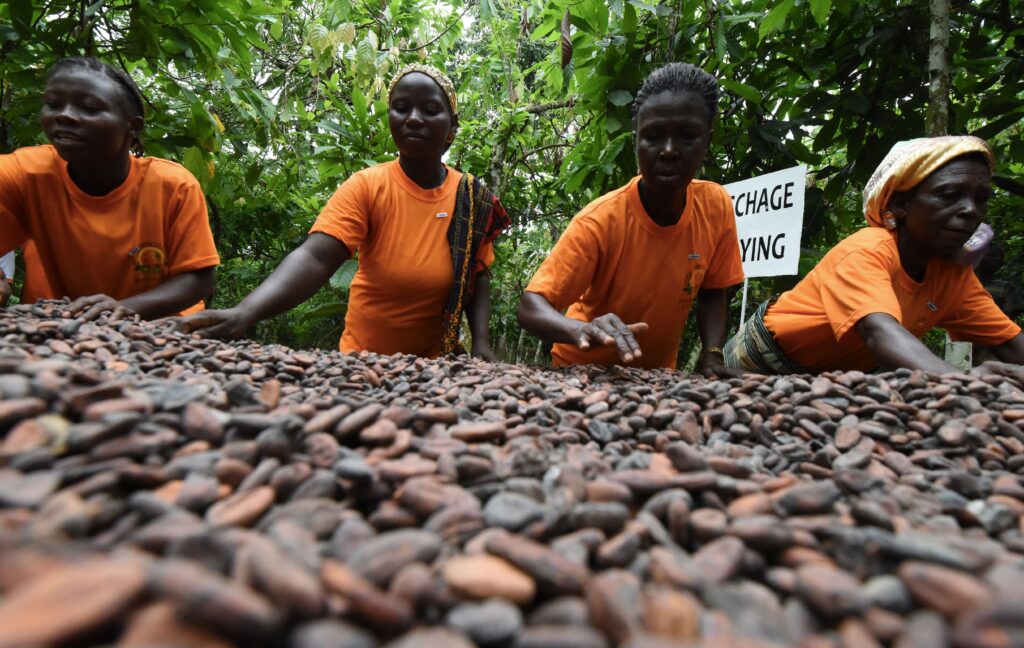
Challenges Facing the UAE Chocolate Market
Rising Raw Material Costs
Health Awareness and Lifestyle Shifts
Intense Competition from All Sides
Key Trends Shaping the UAE Chocolate Market
A Growing Appetite for Premium and Artisanal Chocolate
Health-Conscious Choices Are Becoming More Mainstream
-
Dark chocolate with higher cocoa content (70% and above)
-
Sugar-free and diabetic-friendly options
-
Vegan, organic, and plant-based variants
-
Chocolates with added functional ingredients like nuts, superfoods, or probiotics
Creative and Sustainable Packaging Is Winning Attention
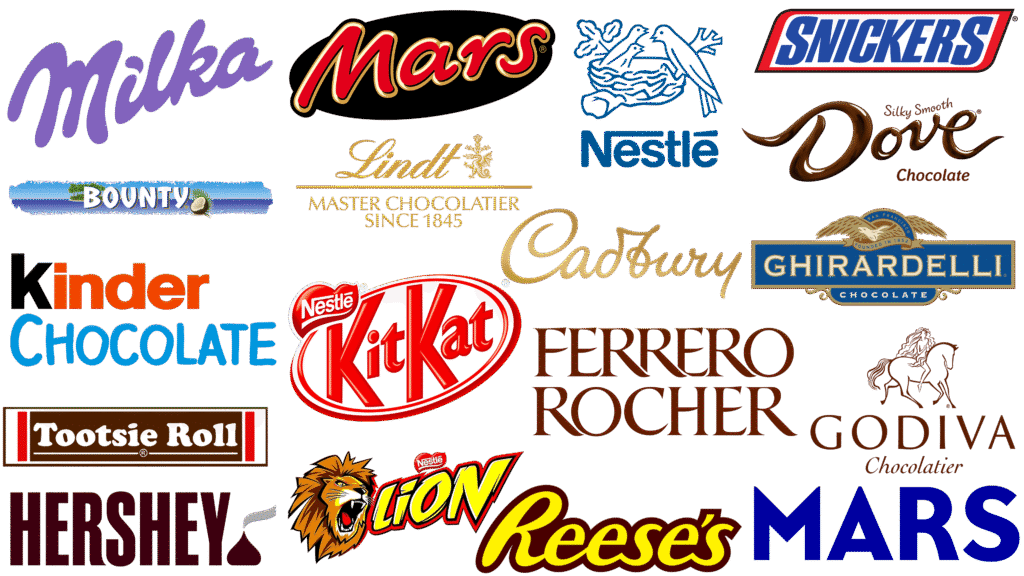
How the Chocolate Market Looks Across the UAE
Dubai: The Heart of Premium Chocolate Retail
Abu Dhabi: Quietly Powerful and Rapidly Growing
Sharjah: Family-Oriented Market with Steady Demand
Ajman and Umm Al Quwain: Smaller Markets, Focused on Essentials
Ras Al Khaimah and Fujairah: A Growing Tourist and Local Base
Segmenting the Chocolate Market in the UAE: What People Are Buying and How
By Product Type: Milk Still Rules, But Dark Chocolate Is Gaining Ground
By Distribution Channel: Supermarkets Dominate, But Online Retail Is Catching Up
By Packaging Type: Bars for Everyday, Boxes for Gifting
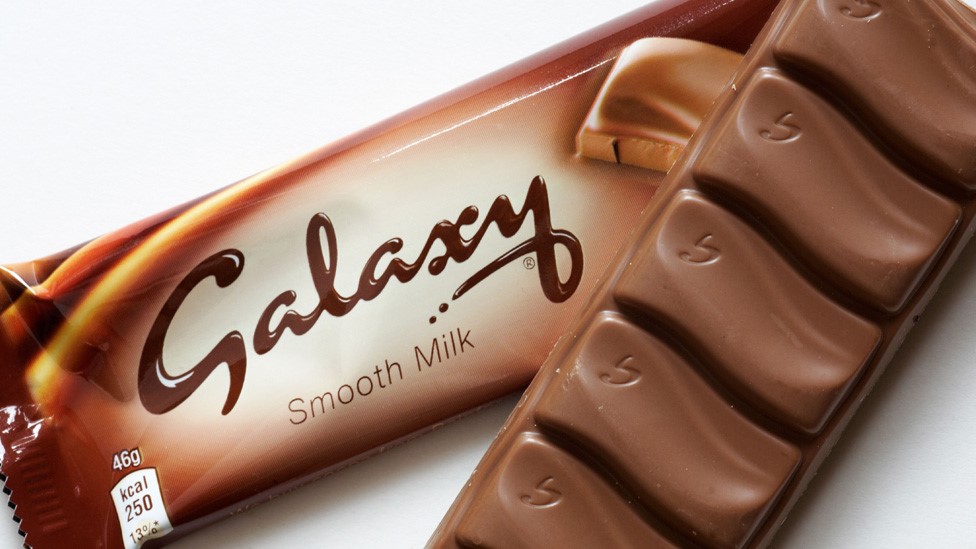
Key Players, New Innovations, and What the Future Looks Like
What’s New in the UAE Chocolate Market?
-
In October 2023, Mirzam expanded their production facility in Dubai to meet the rising demand for small-batch, artisanal chocolate.
-
Patchi launched a luxury gifting line in mid-2023, combining personalized packaging with exclusive flavors targeted at high-net-worth customers.
-
In a clever move, Al Nassma rolled out a new range of camel milk chocolates with added health benefits, aiming to connect with the rising health-conscious crowd.
-
The government also made moves — like reducing import tariffs on certain cocoa products in February 2023, making it easier for new and existing brands to bring in quality raw materials at better prices.
The Road Ahead: Growth With Nuance
-
Healthy and functional chocolates (low sugar, high cocoa, organic ingredients)
-
Ethical sourcing, with brands showing more transparency about their supply chains
-
Sustainable packaging as environmental awareness grows
-
Local manufacturing and regional product development, especially from boutique brands
Where UAE Chocolate Brands Source Their Raw Ingredients
The Cocoa Journey: From Bean to Chocolate
Where Do the Ingredients Come From?
The Role of Cocoa Processing in the UAE Market
Frequently Asked Questions (FAQs) About the UAE Chocolate Market
❓Where do UAE chocolate manufacturers source their cocoa from?
❓What is the difference between natural cocoa powder and alkalized cocoa powder?
❓Is there a local UAE supplier of cocoa products for chocolate manufacturers?
❓Why is milk chocolate more popular than dark chocolate in the UAE?
❓Are there health-conscious chocolate options available in the UAE?
❓What role does packaging play in the UAE chocolate market?
❓How does tourism impact chocolate sales in the UAE?
❓Are online chocolate sales growing in the UAE?
❓What are the biggest challenges facing chocolate producers in the UAE?
-
Rising costs of imported ingredients like cocoa beans and butter
-
Health awareness causing some decline in traditional sugar-heavy chocolate sales
-
Strong competition from both global brands and local artisanal producers
-
The need for differentiation through product innovation, ethical sourcing, and unique brand storytelling
❓What trends should new chocolate brands in the UAE pay attention to?
-
Health-focused recipes (e.g. dark chocolate, low-sugar options)
-
Ethical sourcing and clear traceability of cocoa ingredients
-
Premium packaging with sustainability in mind
-
Leveraging festive and gifting culture
-
Building a strong online presence to reach consumers directly
-
Working with trusted ingredient suppliers like Radad International to ensure consistent quality


